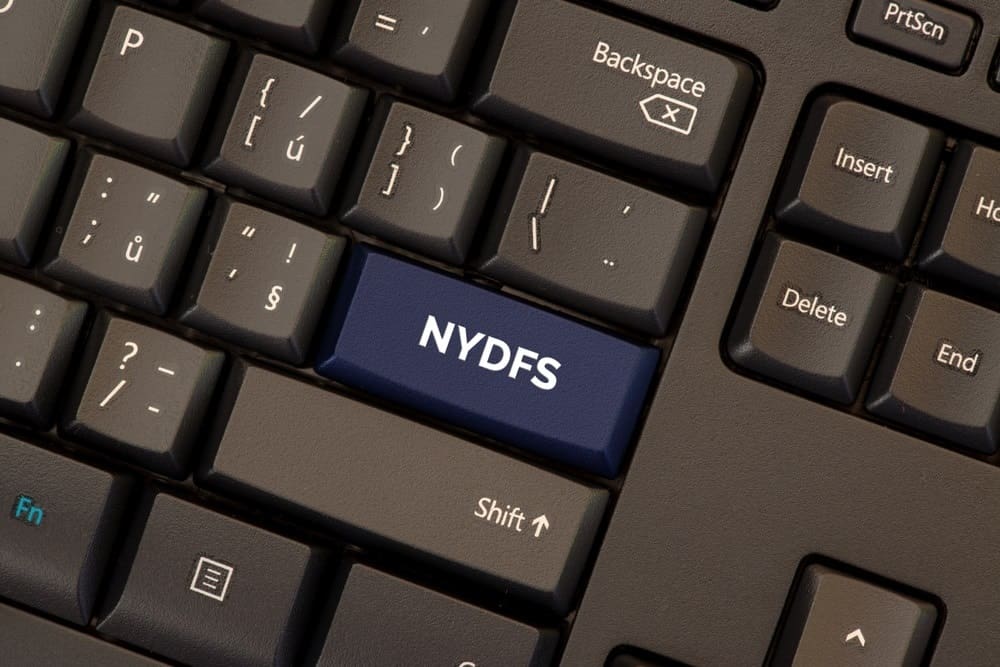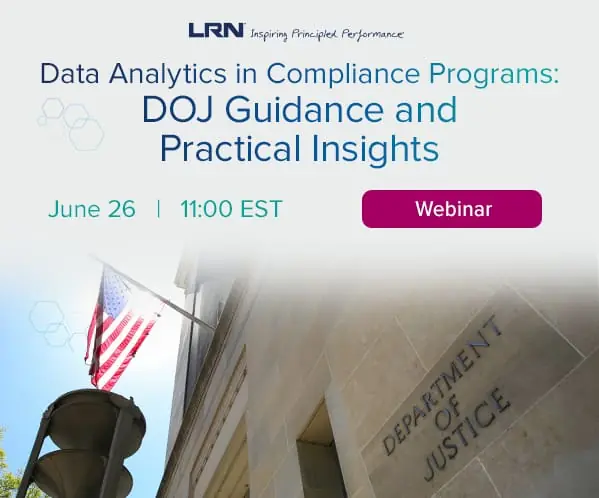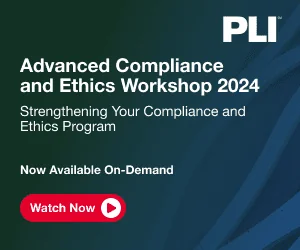10 Risks Companies Face in Using Social Media
Social media has become a powerful tool for businesses to use in connecting with their customers. The medium has certainly made major corporations more accessible to the consumer. But with this ease of accessibility comes risk in many forms. Jim DeLoach explains 10 potential risks companies may face when using social media to engage with the public.
Social media is a compendium of many highly accessible media – corporate blogs, video-sharing sites such as YouTube, social networks like Facebook, microblogging tools such as Twitter, rating/review sites (e.g., Yelp, TripAdvisor), wikis that allow many authors to simultaneously edit and create a source of knowledge and crowdsourcing, among many others. These media leverage the power of the internet, Web 2.0 and mobile technologies to facilitate the creation, exchange, use and modification of user-generated content. The convergence of these technologies has significantly altered the dynamics of customer relationship management, marketing and corporate communications for many businesses.
Business-to-people communications and social media peer groups have emerged as a new model for connecting with markets and customers directly and efficiently. Companies ignore this model at their own risk. These mediums set terms for interaction, requiring organizations to contribute value-added content and transparency in an environment where customers and other parties drive the dialogue and demand a genuine level and quality of communication. Organizations that fail to harness the potential value of social networking run the risk of becoming laggards as they cede to competitors the ability to brand their products and services distinctively in the public eye, as well as obtain continuous improvement insights.
Social media sites enable companies to listen to and learn from satisfied and dissatisfied customers regarding their ideas, experiences and knowledge, and they offer businesses an opportunity to reach out and proactively respond to extreme views and reactions. In addition, social media is providing opportunities to product development teams to share roadmaps and obtain early input from potential buyer groups on new product plans. On a near real-time basis, marketing can test and learn which messages work best, and companies can educate and inform customers by engaging them on many topics around product uses and applications.
While these developments are presenting significant opportunities for companies to connect with their customers and others, they are creating a whole set of new issues.
The following are 10 social media risks for businesses and organizations:
1. Loss of IP and Sensitive Data
Board members and executives who have concerns about security-related risks arising from deploying social media in the business should understand how their organizations are addressing the risk of inappropriate release, leakage or theft of information strategic to the company, and exposure of company networks and systems to viruses and malware due to human error, phishing scams, sophisticated attackers and identity thieves.
2. Compliance Violations
In social media, there are risks of communicating data and information that violates applicable laws and regulations, including infringement of trademarks and copyrights, data security issues, employment issues, violations of privacy rights and mismanagement of electronic communications. There also are potential risks in these areas based on the organization’s retention regulations or e-discovery requirements.
3. Reputation Loss
Because consumer opinions spread quickly through social media, companies need effective response plans when a crisis occurs. Self-inflicted reputation damage may result from inappropriate employee behavior, setting unrealistic product or customer service expectations, rogue tweets of inappropriate messages intended for internal or personal use or inability to measure up to the openness, straight talk and transparency expected by customers and prospects seeking to engage. Customers or other parties can use social media to say negative things about the company. If the company doesn’t engage or is not paying attention, it won’t be able to manage the potential fallout and necessary improvements to products, and processes may be overlooked.
4. Financial Disclosure
Employees involved in implementing social business enhancements must be mindful of avoiding commentary on company performance that could impact the stock price or violate insider trading, “quiet period” and other rules under applicable securities laws.
5. Effect on Human Resources
Social media presents opportunities as well as threats, as it provides a channel both for recruiting employees or having the company’s employees recruited by competitors.
6. Inability to Manage the Generational Divide
Many companies are challenged in understanding how younger generations are using new technologies, making it difficult to create effective marketing campaigns that tailor specific content to effectively reach targeted customers.
7. Safety
Release of confidential information about the activities of someone within the company or sharing information related to these activities can create the risk of outsiders using that information to the detriment of employees’ personal safety.
8. Competitor Risk
Choosing to rely primarily on traditional marketing practices and other forms of customer communications and collaboration may risk loss of market share to competitors exploiting the insights social media generates. Smaller startups and certain high-tech companies have found social media to be indispensable to their evolution and are leveraging the technology to reach customers and markets despite having very few employees. This could present a disruptive threat to larger, more established competitors if they ignore the implications of social media in focused market niches that can be exploited by new entrants and more nimble peers. Social technologies extend the disintermediating power of the internet to lower entry barriers and disrupt established business models.
9. Brand Hijacking
On the internet, there is always risk of a fraudulent third party hijacking the company’s brand without the company’s knowledge to obtain access to customers and prospects, including personal information. Such fraud includes the unauthorized use of company names and logos, as well as product counterfeiting and other misrepresentations. Some companies have engaged third parties to report all uses of and references to their organization’s names on social media/internet sites with the intent of using this information to align various aspects of their business to address complaints, as well as customer and employee satisfaction issues.
10. Poor Management of Social Media Forums
What if an organization creates a social media presence but no one participates? What if the organization is unable to: sustain momentum in being responsive to or engaging with customers; scale up operations once interest takes hold and traffic increases; or stem the tide of off-topic conversations or rude, belligerent exchanges? What if others can view personal remarks made by an employee or friends of an employee?
The above list of business risks is not intended to be all-inclusive; to be sure, there are other risks. The point is, each company needs to assess the risk of social business and determine appropriate methods to monitor and, if necessary, mitigate the risks. (The bigger risk, however, could be not using social media at all.) Other risks may arise due to a company’s specific situation and use of social media, highlighting the need for organizations to include social media capabilities in their risk assessment and risk management efforts.
In closing, the following are some suggested questions that senior executives and boards of directors may consider in the context of the nature of the entity’s risks inherent in its operations:
- Do you know whether your company is using social media and, if so, how? Is your approach to social media similar to or different from that of your competitors?
- If the company uses social media, has management considered the risks discussed above, including how the organization plans to respond if the risk becomes a reality? Are sufficient resources devoted to managing the changing social media landscape? Is there a social media policy that articulates how the social media strategy is aligned with the overall business strategy? Do employees take social media training? Are access/login and publishing rights on social media channels limited to the right people?
- Does the company have clear policies defining what can and cannot be shared on social media sites, acceptable outlets, use of corporate assets versus personal assets, preservation of content for legal and regulatory purposes, how to respond to unsolicited ideas or objectionable content on company-promoted sites and how to manage the risk of “indirect reputational damage” resulting from the behavior of employees or associates of employees?



 Jim DeLoach, a founding
Jim DeLoach, a founding 








